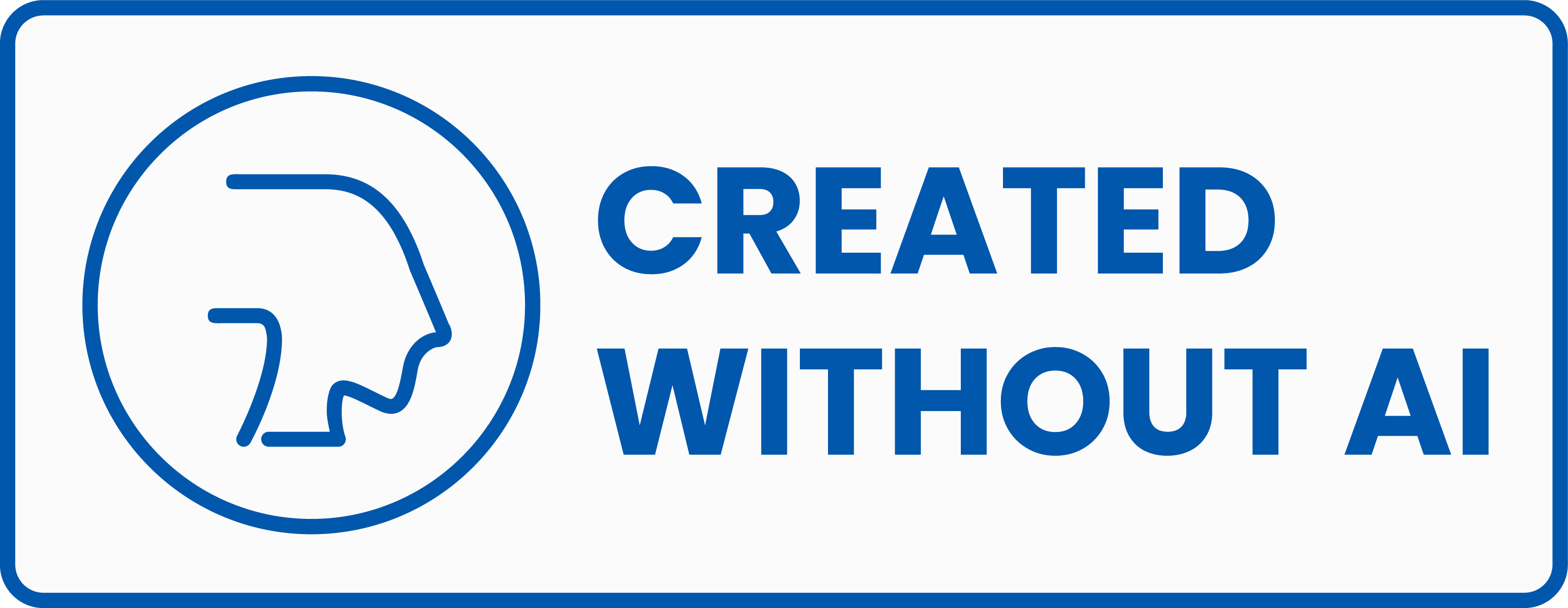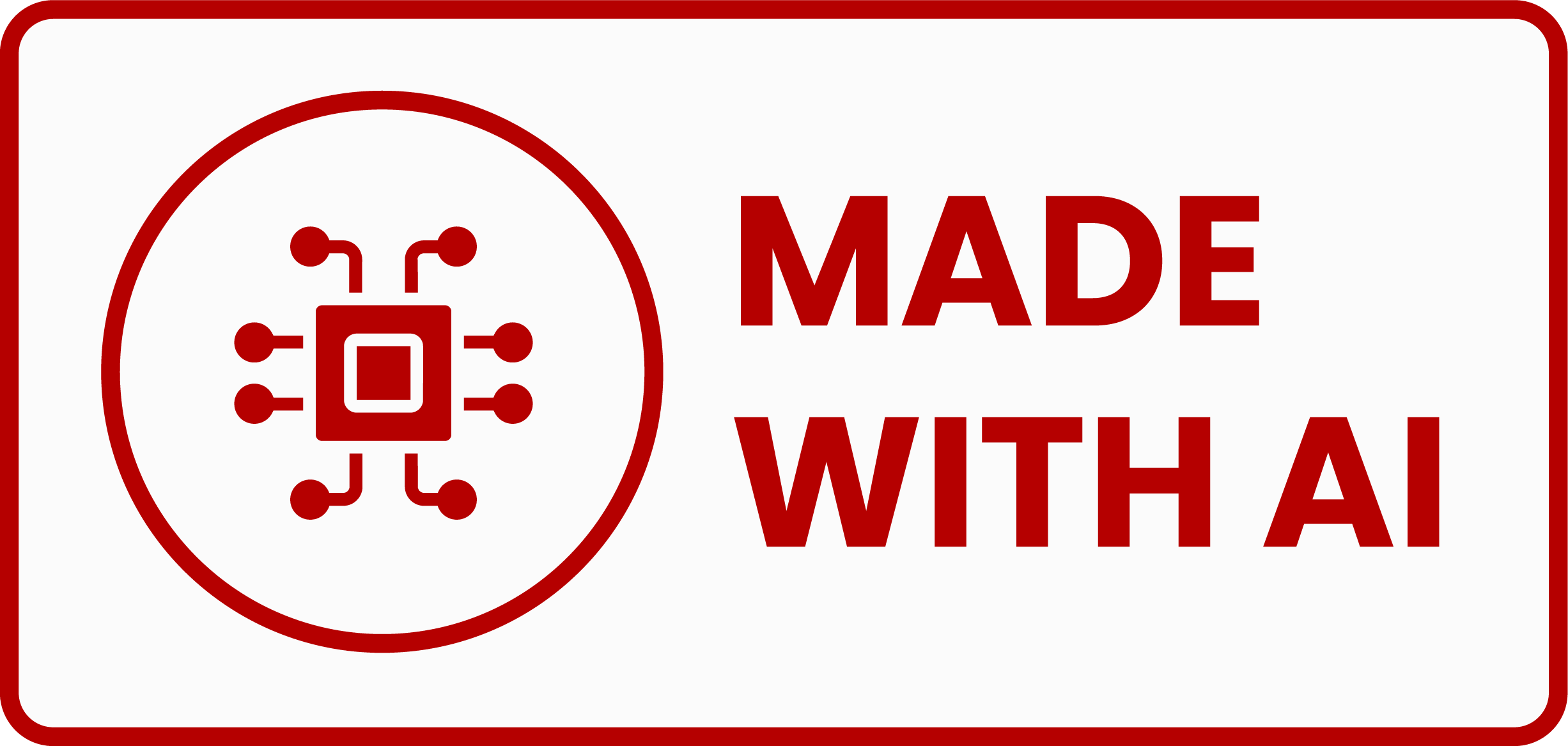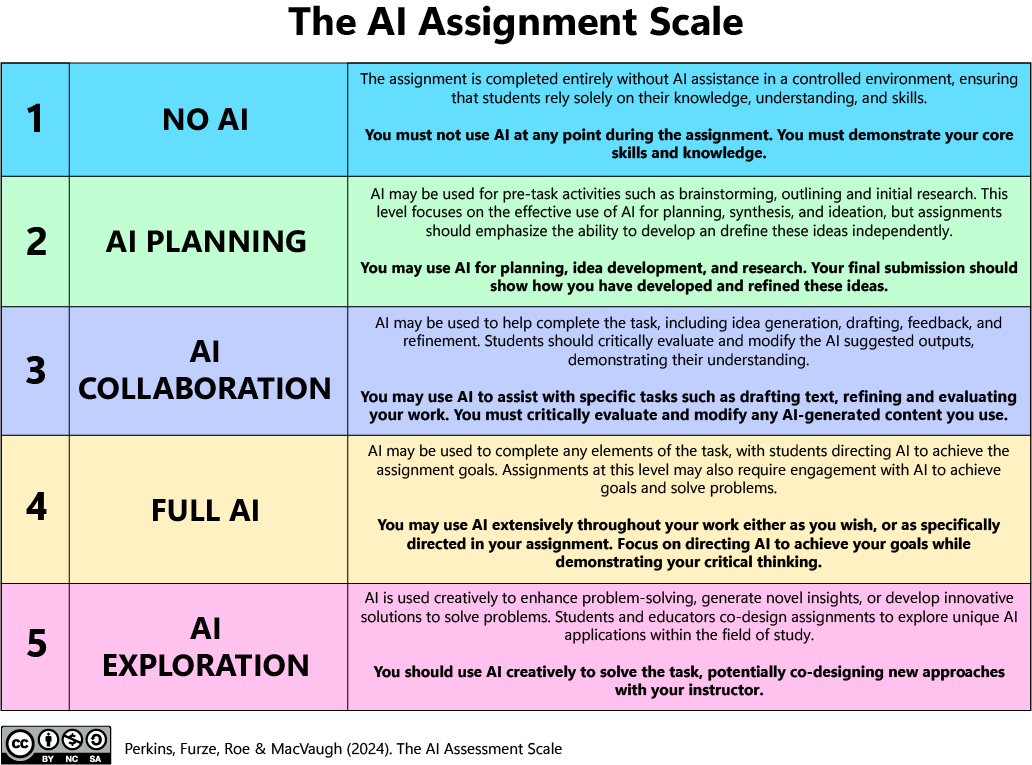Acknowledgement of AI use:
Recommended practices
About this page
This page offers suggestions for acknowledging the use of AI tools in academic assignments, research publications, and general workplace documents. Before deciding to use an AI tool, it is important to first consider why it is being used and how it contributes to or enhances human work. Note that it is not permissible to use AI tools in all circumstances. This page focused primarily on generative AI tools, but the principles apply to all AI tools.

Why acknowledge AI use
Acknowledgement and accountability are important parts of the evolving practices for responsible AI use. Humans need to be “in the loop” and able to explain why and how AI was used in work produced in collaboration with AI.
Acknowledging and explaining use of, and collaboration with, AI is an important aspect of responsible use in terms of:
- What AI system was used
Which AI tool(s) assisted in producing the output - How AI was used
Which aspects/parts of the output did AI assist with, including how the AI contributions have been modified, expanded, incorporated, etc.
This section was adapted from "AI acknowledgement" by Monash University. CC BY-NC-SA 4.0 International licence
For more information about intellectual property and copyright implications of using generative AI tools, consult our copyright FAQ #16.

Documenting interactions
It is recommended to keep a record of prompts used and interactions with generative AI tools in order to document the role of the tool in relation to your own contributions. This could include copying and pasting interactions into a separate document, taking screenshots, or ensuring that interactions are saved long-term in a user account in the tool (although first check the privacy settings to see if you are comfortable with them; you may prefer not to have chats saved, especially if they are used to train the large language model). This will assist you in later explaining and acknowledging the use of the tool. Note that some course instructors and publishers require submission of prompts or chat logs as a part of the documentation of AI tool use.

Citation vs. acknowledgement
In some contexts, you may be required, or it may be appropriate, to cite a generative AI tool according to standard citation practices. Some examples of standard formatting are linked below. Generally, generative AI technologies are considered tools rather than information sources, so a source citation may not be required. Instead, a statement acknowledging that one or more tools was used and in what ways may be more appropriate.
When in doubt, always check with your instructor or publisher for required citation, attribution, and disclosure practices.
If you are required to provide a formal citation, the following style guides offer formats that are currently accepted:

AI use labels
The following labels can be used in any context to clearly signal whether your work was made without or with AI assistance, and to what extent.
Instructions for use:
- Download the image files below
- Select the appropriate label for your use
- Place it prominently in your work, such as a Word document, email, image file, video, web page. For example, the image could be on the cover page of a document, the first slide of a presentation, in the footer on a website, etc.



Modified from les bibliothèques, Université de Montréal, CC-0

Academic assignments
Where to get guidance
If you’re a student who is considering if and how you might use generative AI to complete an assignment for a course, first consult your syllabus, TA, and/or course instructor for guidelines on acceptable use.
Suggestions for using Generative AI in academic writing from Learning Services.
Wording for acknowledging use
Suggested templates, if the course instructor hasn’t given different instructions:
- Detailed learner and teacher transparency statements from the Centre for Teaching & Learning
- Short template
I used <ADD AI tool> (<ADD link if needed>) in order to <ADD how used> (<ADD number> iterations/drafts). I modified the outputs in <ADD ways>.
Acknowledgement text adapted from "AI acknowledgement" by Monash University. CC BY-NC-SA 4.0 International licence
AI use scale
Different learning objectives allow for different uses of AI. You should be clear about how your learning goals might impact how you use AI. The table below provides some examples of the range of types of use that may be acceptable in your course, from “no AI” to “AI exploration.”

The AI Assignment Scale adapted from "The AI Assessment Scale" by Perkins, Furze, Roe & MacVaugh. CC BY NC SA licence
Additional resources
AI Acknowledgement (Monash University)
Communicating Expectations on GenAI Use - templates for students (York University)
Acknowledging GenAI Use (University of Saskatchewan)

Research presentations/publications
Norms for acknowledging the use of AI tools in academic scholarship are continuing to evolve (Resnik & Hosseini, 2025 discuss this in more detail). Attribution, rather than citation, is currently considered the clearest path to transparency in academic and research work. In scholarly writing and presentation, the exact form of attribution varies by discipline. One possibility is the inclusion of an acknowledgements section or slide. Attribution can also include licensing information, multiple hyperlinks, and a detailed description of how and why the material is being attributed in the work.
Journal editors and publishers may have specific requirements regarding permissible use of generative AI and practices for acknowledging use. Always check with your editor or publisher regarding these requirements.
In the absence of specific guidance, the following attribution framework, called the AI Disclosure (AID) Statement, developed by Dr. Kari D. Weaver at the University of Waterloo, can be used to acknowledge the use of AI tools in research publications and presentations.
If AI tools were used at any point in the writing, research, or project management processes, the AID Statement will always begin with the "artificial intelligence tool" section. This section provides details about the AI tools used, including their versions and dates of use. Following this, the statement should include only the relevant headings that describe specific ways AI was used in the project. Each heading should be paired with a statement explaining how AI contributed to that aspect of the work. If a heading from the list below is not applicable, it should not be included. If AI was not used at any point in the writing, research, or project management processes, authors would not include an AID Statement in their work.
The potential headings for the AID Statement, and their definitions, are the following:
- Artificial Intelligence Tool(s): The selection of tool or tools and versions of those tools used and dates of use. May also include note of any known biases or limitations of the models or data sets.
- Conceptualization: The development of the research idea or hypothesis including framing or revision of research questions and hypotheses.
- Methodology: The planning for the execution of the study including all direct contributions to the study design.
- Information Collection: The use of artificial intelligence to surface patterns in existing literature and identify information relevant to the framing, development, or design of the study.
- Data Collection Method: The development or design of software or instruments used in the study.
- Execution: The direct conduct of research procedures or tasks (e.g. AI web scraping, synthetic surveys, etc.)
- Data Curation: The management and organization of those data.
- Data Analysis: The performance of statistical or mathematical analysis, regressions, text analysis, and more using artificial intelligence tools.
- Privacy and Security: The ways in which data privacy and security were upheld in alignment with the expectations of ethical conduct of research, disciplinary guidelines, and institutional policies.
- Interpretation: The use of artificial intelligence tools to categorize, summarize, or manipulate data and suggest associated conclusions.
- Visualization: The creation of visualizations or other graphical representations of the data.
- Writing – Review & Editing: The revision and editing of the manuscript.
- Writing – Translation: The use of artificial intelligence to translate text across languages at any point in the drafting process.
- Project Administration: Any administrative tasks related to the study, including managing budgets, timelines, and communications.
Research publications/presentations section adapted from "Artificial Intelligence Disclosure (AID) Framework" by Dr. Kari D. Weaver, University of Waterloo Libraries. CC-BY-SA 4.0 licence.
AID statement example
Artificial Intelligence Tools: Gemini 2.0 Flash, ChatGPT v.4o, o1, and 4o deep research mode; Conceptualization: Gemini 2.0 Flash was used to revise the initial scope and refine research questions; Information Collection: ChatGPT deep research was used for summarizing and extracting information in the initial literature review process. Data Collection Methods: Gemini was used to generate synthetic data for pilot testing and to inform the design of data collection instruments; Privacy and Security: no identifiable data was shared with the AI tools during the study; Visualization: ChatGPT was used to suggest visualizations based on the dataset's structure and analytical goals to explore potential ways to present the findings. Writing—Review & Editing: ChatGPT and Gemini were used to provide grammar and style revisions; Project Administration: ChatGPT was used to draft project timelines and summarize meeting notes.
Additional resources
Links to publishers’ policies on AI use (Purdue University)
Recommendations for a classification of AI use in academic manuscript preparation (The International Association of Scientific, Technical & Medical Publishers)
Resnik, D. B., & Hosseini, M. (2025). Disclosing artificial intelligence use in scientific research and publication: When should disclosure be mandatory, optional, or unnecessary? Accountability in Research, 1–13. https://doi.org/10.1080/08989621.2025.2481949
Weaver, K. D. (2024). The artificial intelligence disclosure (AID) framework: An introduction. C&RL News, 85(10), 407–11. https://crln.acrl.org/index.php/crlnews/article/view/26548

General workplace documents
It is part of responsible use of generative AI tools to acknowledge use in all contexts, not only academic assignments and publications. Practices for attribution and acknowledgement are evolving, but simple statements at the beginning or end of a document or in the references or acknowledgements sections could be suitable to disclose to colleagues and supervisors how generative AI tools have been used.
Sample acknowledgement text:
[Name of generative AI tool] was used in the [ideation/ creation/ drafting/ editing/ translation] of this document. I have evaluated this document for accuracy.
Acknowledge text adapted from "Provisional Guidelines: The Use of Generative Artificial Intelligence (AI) in Operational Excellence at McMaster University – April 2024" by McMaster University. CC BY-NC 4.0 International licence
Additional resources
Provisional Guidelines on the Use of Generative AI in Operational Excellence (McMaster University)
AI Attribution Toolkit from IBM (about crediting AI)

Concordia University Library CC-BY (Unless otherwise specified)

